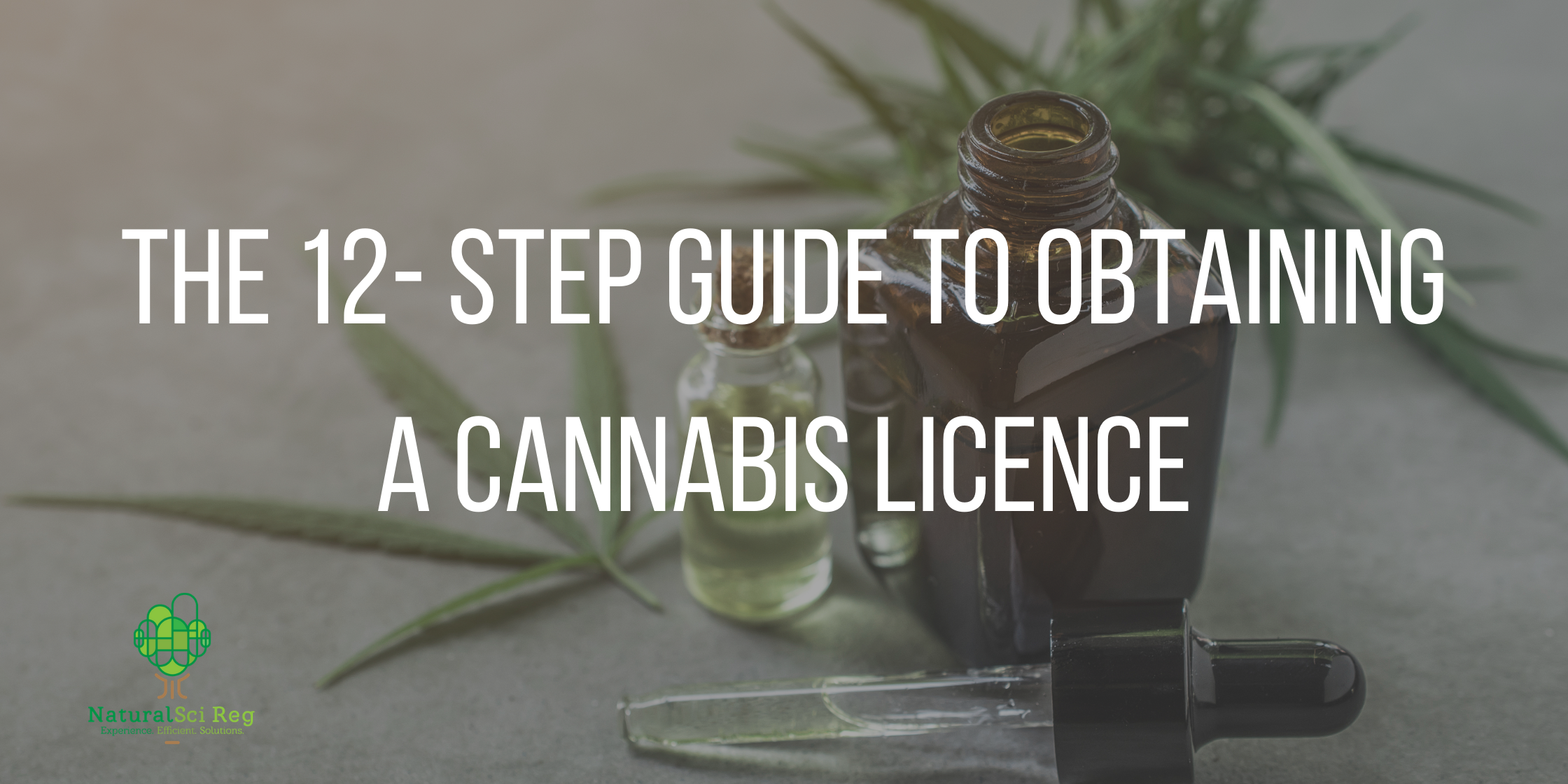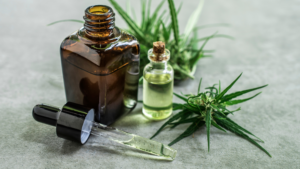
What's new in Cannabis 2.0
Published on April 15, 2020
Author: Anthony Brunski
With new Cannabis Products gradually entering the market since the onset of “Cannabis 2.0” on December 16th, 2019, it is worth exploring what exactly these new products are.
When legalization first occurred through the Cannabis Act it allowed for the sale of dried cannabis, cannabis oil, fresh cannabis, cannabis plants, and cannabis seeds. Although this was a good starting point for legalization, it became apparent that the black market still had a much larger variety of products than the legal market. One of Health Canada’s major goals with legalization is to displace the black market completely and as a result, Cannabis 2.0 was introduced to increase the variety of legal cannabis products. The new 2.0 regulations added 3 new classes of cannabis: Edibles, Topicals, and Extracts. These new products provide unique new ways for Canadians to consume cannabis.
Cannabis Oils
Although Cannabis Oils were already legal under the original Cannabis Regulations, they now fall under a new class known as Cannabis Extracts. The reason for this is now it is legal for Licensed Producers to subject cannabis to extraction processing. In other words, you can now process the cannabis so that it has a higher level of cannabinoids (i.e. THC, CBD) than what you would find in a cannabis plant.
Cannabis Oils were previously not allowed to have higher concentrations of cannabinoids compared to their derivative plants and that’s why a new class was needed. Cannabis Extracts can be consumed either through ingestion (i.e. capsules, sublingual spray, tinctures) or inhalation (vaporizers).
Although the new regulations allow for Cannabis Extracts to be much more potent than the old class of Cannabis Oils, there are still some limitations. For example, you cannot have a cannabis extract with more than 1000 mg of THC in a single container. A cannabis extract also cannot contain ingredients other than carrier substances (i.e. MCT oil), flavouring agents (i.e. terpenes), and substances necessary to maintain the quality or stability of the extract.
Cannabis Edibles
A Cannabis Edible is a substance or mixture of substances containing cannabis that is intended to be consumed in the same manner as food. Cannabis Edibles can only contain ingredients that are food or food additives. This means that Edibles can include a wide variety of products such as carbonated beverages, gummies, chocolates, and teas.
However, there are restrictions on the production of Cannabis Edibles. For example, edibles can only contain a negligible amount of alcohol (0.5% w/w). Similarly, edibles cannot contain artificially added caffeine which means products such as cannabis-based energy drinks are illegal. Fortunately, Edibles can still contain caffeine as long as the caffeine was introduced through ingredients that already naturally contain caffeine and the amount of caffeine is no more than 30mg per each container of edible cannabis. This means that teas and chocolates containing cannabis and caffeine are perfectly legal. In addition to the rules on what can be added to Edibles, there is also a limitation on THC concentration.
Edible cannabis cannot contain more than 10mg of THC in a single container. Related to this regulation, cannabinoids such as THC and CBD must be equally distributed throughout an edible. This means that if you have a 10 mg THC cannabis chocolate bar with 10 pieces then each piece must contain exactly 1 mg of THC.
Cannabis Topicals
A Cannabis Topical is a substance or mixture of substances containing cannabis that is intended for use on external body surfaces including hair and nails (i.e. the skin). In essence, these were already partially legal in the Canadian market before the onset of Cannabis 2.0 regulations as some Licensed Producers were selling Cannabis Oils alongside a topical that the user could then combine together themselves.
With these new regulations, there is no need to separate the two components and cannabis can be infused directly into the topical and sold in one package. In terms of ingredients, the only real restriction on Topicals is that the ingredients used within the topical cannot be something that could cause injury to someone. This means that there is a lot of variation possible in the types of products that could be classified as a Cannabis Topical. Similar to Cannabis Extracts, Topicals have a limit of 1000 mg of THC per container.
With the introduction of these cannabis classes, Health Canada has helped bridge the gap between the black market and the legal market in terms of product variety. However, this is likely just Health Canada’s first step in broadening the legalization of Cannabis. In the future, we can expect new products and additional modifications to the regulations.
For example, Health Canada has already made indications that they are looking at introducing Cannabis Health Products (CHPs) to the market. Ultimately, Cannabis 2.0 introduces some much-needed new products to the market and points to an exciting future for cannabis in Canada.
Find Out More
If you are interested in obtaining a cannabis license, NaturalSci Regulatory Consulting can help you to get started. The best place to start is to set up a consultation with one of our specialists. Click the link below to get in touch with us.
Related Articles
Hot or Hype? The CBD Market Overview
Hot or Hype? The CBD Market Overview Author: Kyley Paul Published on April 5, 2018 I know you have been…
Read More![Natural-Sci-[Web]-09-1@2x Natural-Sci-[Web]-09-1@2x](https://naturalscireg.ca/wp-content/uploads/2019/08/Natural-Sci-Web-09-1@2x.png)
